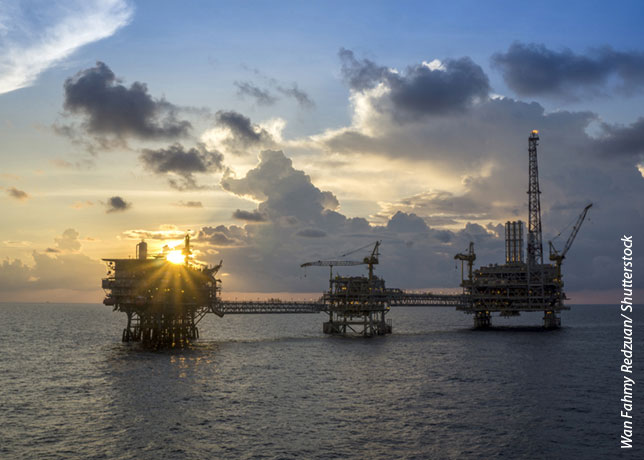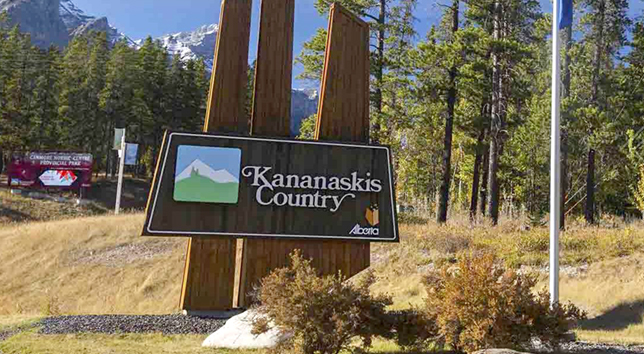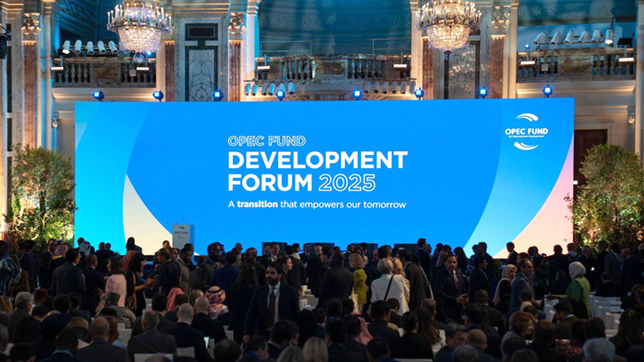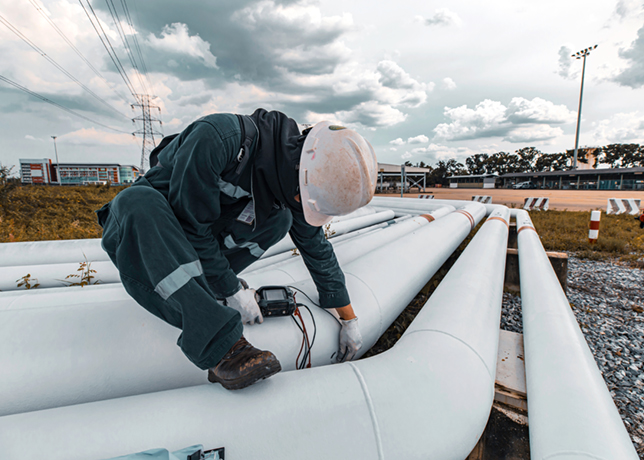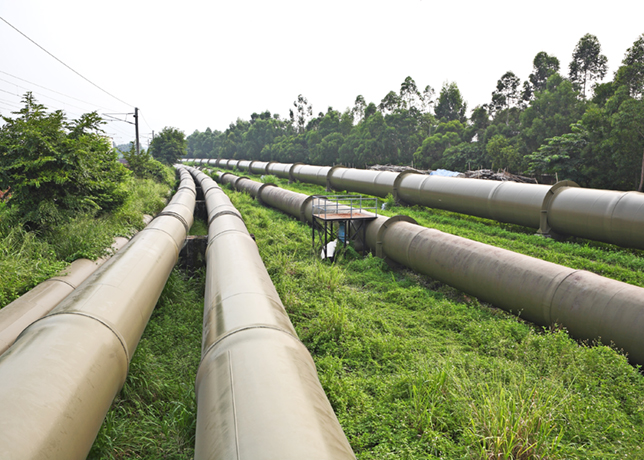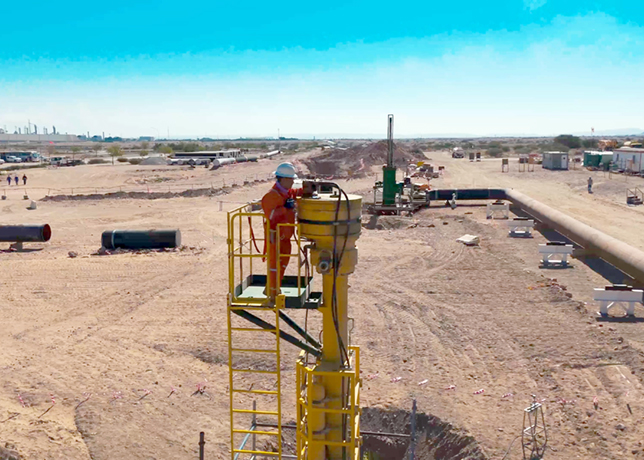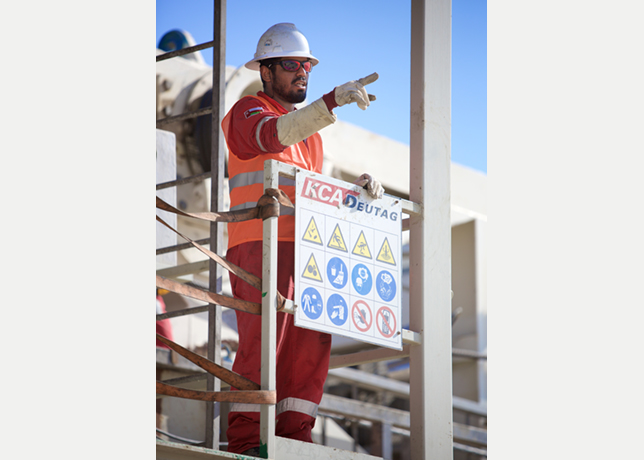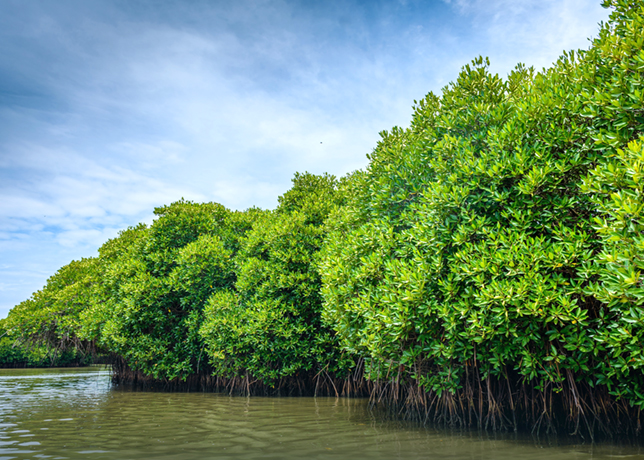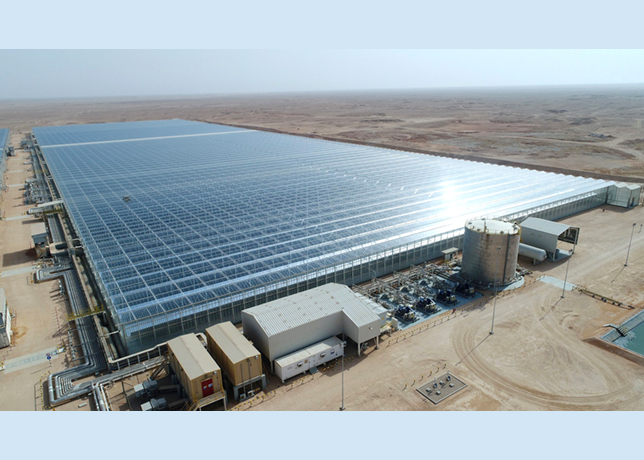

Oman’s gross domestic product (GDP) at current prices rose 24 per cent to 11.8 billion rials ($30.65 billion) in 2005, a central bank report said.
The bank’s annual report said the GDP data at constant price was not yet available.
In 2004 when GDP expanded 13.7 pct at current prices it grew 5.6 per cent at constant prices. In real terms the petroleum sector shrank -1.8 per cent in 2004 but grew 44 per cent in nominal terms.
The report said inflation rose to 1.9 per cent in 2005 from 0.9 per cent in 2004.
“Modest inflation, low level of interest rate and significant progress on diversification have aided the robust economic growth,” the report said.
Revenue from oil and gas sector grew 44.3 per cent growth to 5.796 billion rials. Average price of Oman crude shot up to $50.26 per barrel in 2005, indicating a 46 per cent rise over the average price level of $34.42 per barrel in the previous year.
The contribution of the oil and gas industry rose to 49 per cent of GDP in 2005 from 42.2 per cent in the previous year.
The report said average crude oil output declined by one per cent to 774,800 barrels per day last year while production of natural gas witnessed a healthy 11 per cent growth at 917.7 billion cubic feet.
The bank said the 2005 state budget registered a surplus of 303 million rials as against a projected deficit of 540 million rials.
It said that the economic growth, exports and government revenue will continue to grow during 2006 in view of favourable oil prices.
Oman will take advantage of high oil prices to reduce its debt by up to 30 per cent this year, the country’s economy minister said.
Ahmad bin Abdul-Nabi Mekki said Oman, an independent oil producer, was using the revenue to reduce its debt, which he said amounted to one billion rials.
“We will be paying down our debt and won’t be issuing any more bonds,” he said at a trade meeting in Abu Dhabi.
He said Oman’s internal debt stood at RO600 million and its external debt was RO400 million.
Asked by how much he hoped to reduce the debt this year, he said, “We might reduce it to below 700 or 800 million (rials).”
He said the government does not plan new bond issues. Oman has issued bonds regularly to help finance development projects.
The 2006 state budget carries a gap of RO650 million ($1.69 billion) but it assumes a conservative oil price of $32 per barrel, about half of the actual price.
The official selling price of Oman’s crude sold in May was set at $65.39 a barrel. Oman routinely uses conservative oil price figures for its forecasts.
Last year’s budget was based on a $23 barrel price while the actual average price of Oman’s crude was $48.73 per barrel in 2005.
Ratings agency Moody’s maintained its Baa1/Prime-2 rating on Oman’s country ceiling for foreign currency bonds and bank deposits last October with a stable outlook, citing gradually rising GDP per capita, low and declining public debt, and generally sound economic policies.
According to official statistics, Oman’s oil and gas exports soared 44.5 per cent to RO6.048 billion in 2005 over the previous year.














